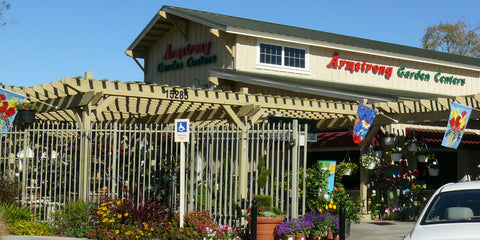Details
Japanese Sago Palm is a multi-stemmed evergreen shrub with a shapely form and gracefully arching branches. Its relatively fine texture sets it apart from other landscape plants with less refined foliage.
This shrub will require occasional maintenance and upkeep, and should not require much pruning, except when necessary, such as to remove dieback. It has no significant negative characteristics.
Japanese Sago Palm is recommended for the following landscape applications:
- Accent
- Mass Planting
- Rock/Alpine Gardens
- General Garden Use
- Container Planting
Features
Japanese Sago Palm features showy spikes of tan flowers rising above the foliage in mid fall. It has attractive green foliage which emerges chartreuse in spring. The large narrow pinnately compound leaves are highly ornamental and remain green throughout the winter. The fruit is not ornamentally significant. The rough dark brown bark adds an interesting dimension to the landscape.
Care
Planting & Growing
Japanese Sago Palm will grow to be about 6 feet tall at maturity, with a spread of 5 feet. It has a low canopy with a typical clearance of 2 feet from the ground, and is suitable for planting under power lines. It grows at a slow rate, and under ideal conditions can be expected to live to a ripe old age of 100 years or more; think of this as a heritage shrub for future generations!
This shrub does best in full sun to partial shade. It does best in average to evenly moist conditions, but will not tolerate standing water. It is not particular as to soil pH, but grows best in sandy soils. It is somewhat tolerant of urban pollution. Consider applying a thick mulch around the root zone in winter to protect it in exposed locations or colder microclimates. This species is not originally from North America, and parts of it are known to be toxic to humans and animals, so care should be exercised in planting it around children and pets.
Japanese Sago Palm makes a fine choice for the outdoor landscape, but it is also well-suited for use in outdoor pots and containers. Because of its height, it is often used as a 'thriller' in the 'spiller-thriller-filler' container combination; plant it near the center of the pot, surrounded by smaller plants and those that spill over the edges. It is even sizeable enough that it can be grown alone in a suitable container. Note that when grown in a container, it may not perform exactly as indicated on the tag - this is to be expected. Also note that when growing plants in outdoor containers and baskets, they may require more frequent waterings than they would in the yard or garden.




































